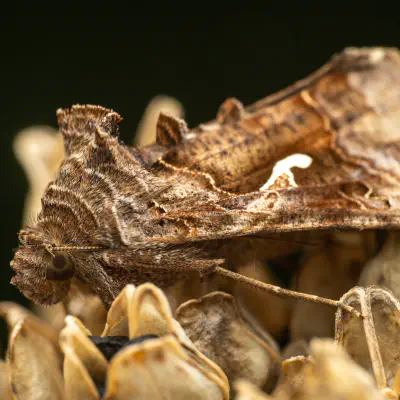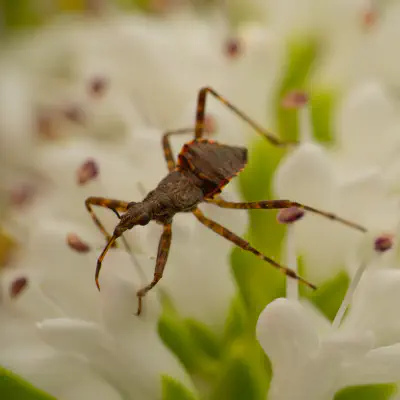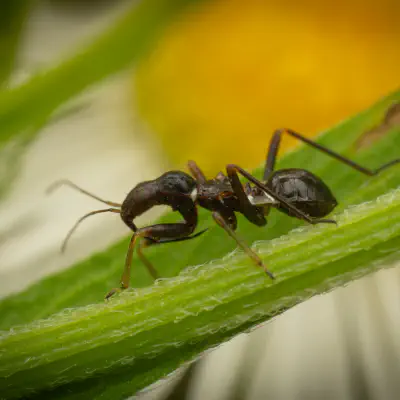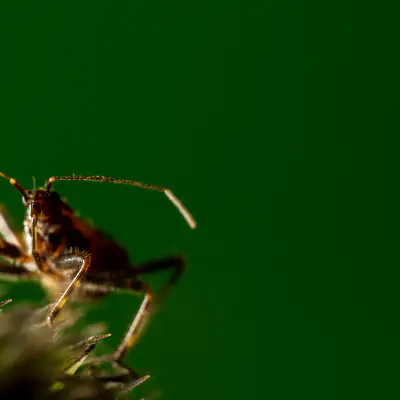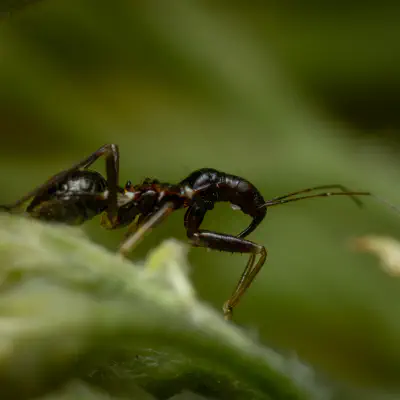The name “mirmicoides” comes from the similarity of nymphs in the early instars to ants.
Ant Damselbug (lat. Himacerus mirmicoides)
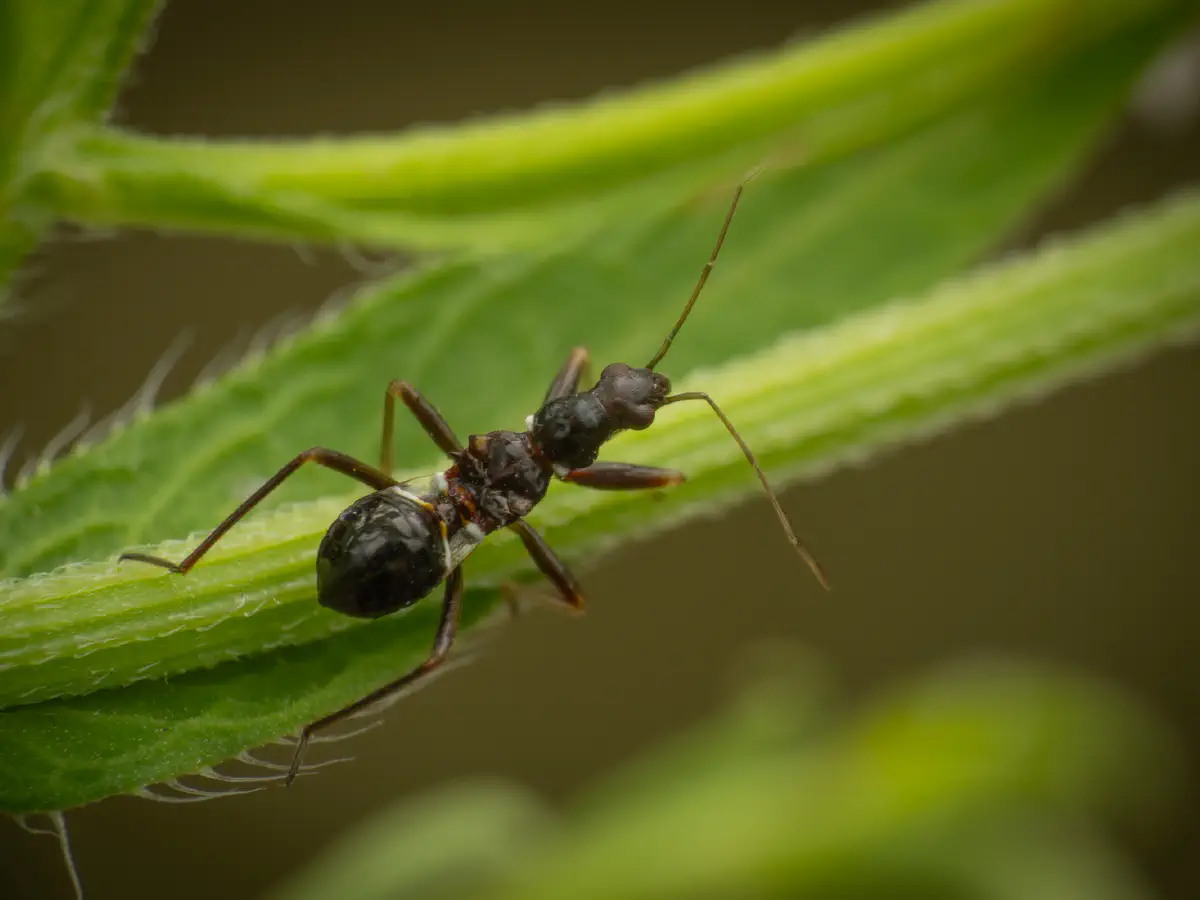
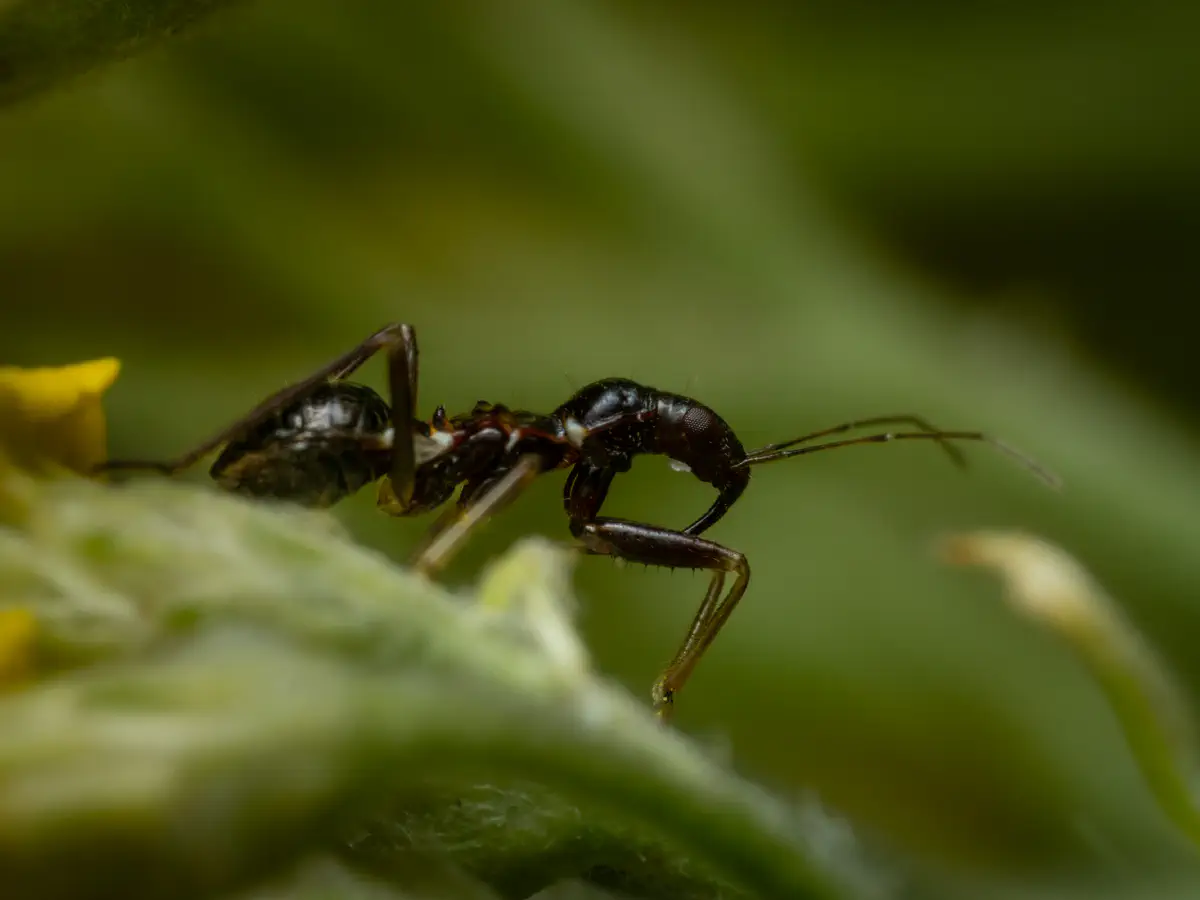






This is not intended to be a dry lexicon. Personal stories and sensitive articles form the framework for our pictures: „What does a Silver Y feel?“
Written for the Kulturbahnhof Ottensoos – a meeting place for people interested in culture in Middle Franconia.
